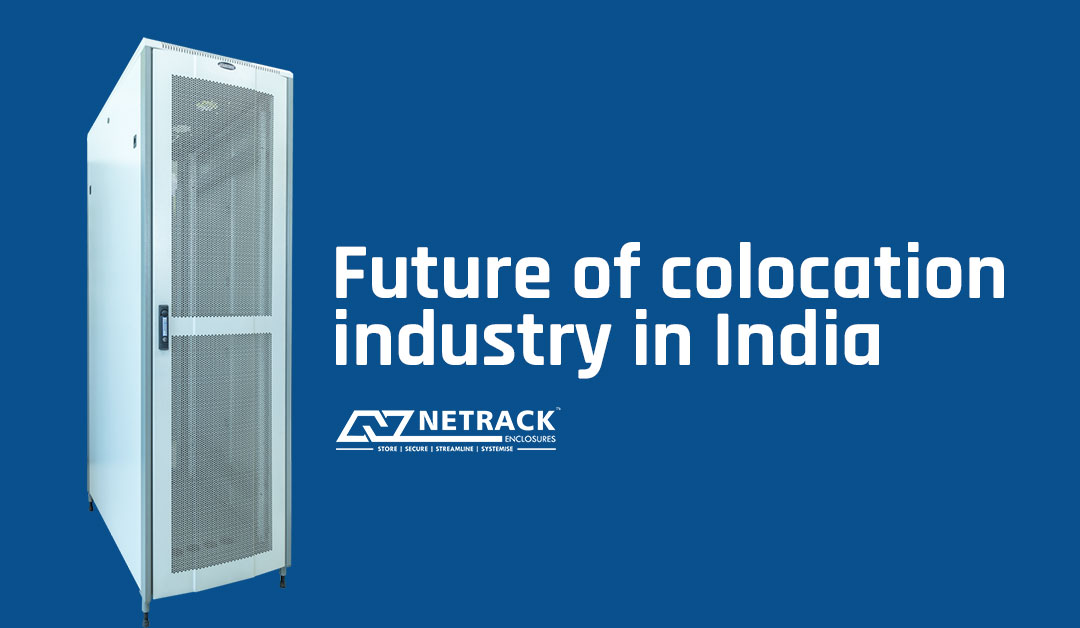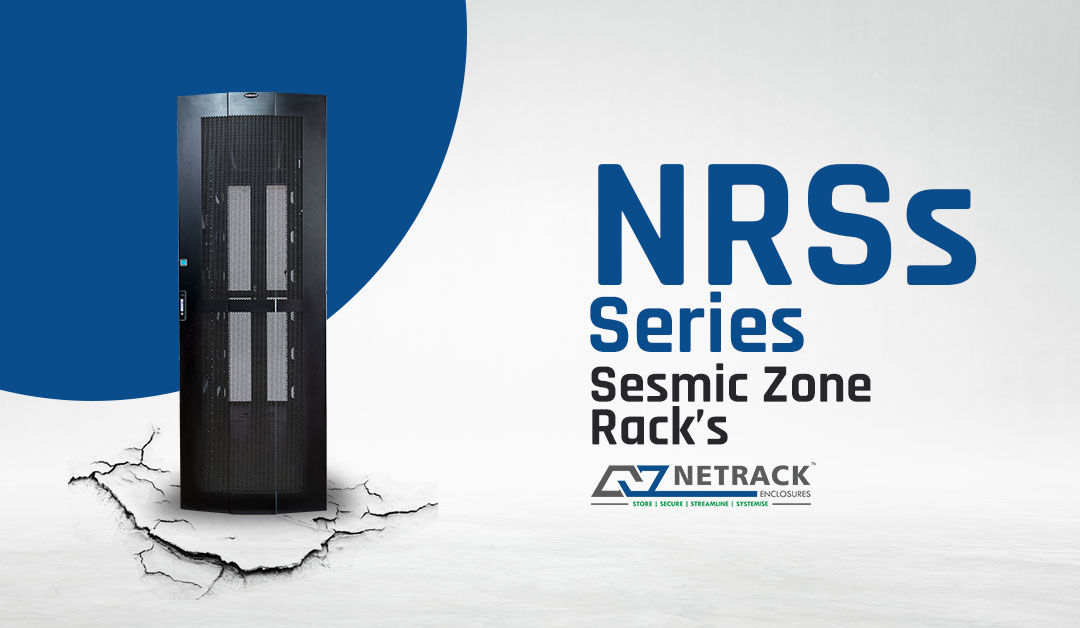How to safeguard your Mission Critical Equipment from accidental Pullover
The digital era has enhanced the dependence of the IT industry on equipment, network, and IT infrastructure. At this point, both business and mission-critical equipment gained considerable prominence to maintain the process and overall business workflow. When the organisation’s sustenance depends on mission-critical equipment, it is essential to safeguard the equipment to ensure uninterrupted business operation. This will reduce downtime and eventually lessen the chance of financial losses. Challenges to overcome Unplanned power outages can adversely impact daily business operations in any industrial setting. Such sudden power failures or shutdowns become a critical challenge for organisations to keep their workflow intact. Also, accidental pullover often happens due to loose connections in the plug and socket area or manhandling of cords. This can lead to accidents apart from downtime of the equipment. So, it is essential to secure any loose connection cords and sockets sturdy and of good quality. Now, irrespective of
Read More









